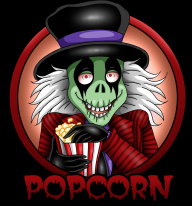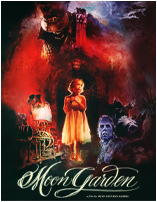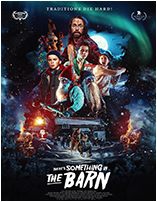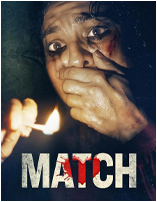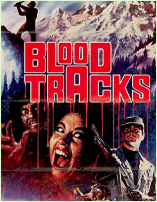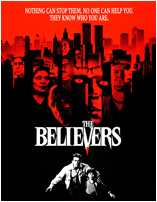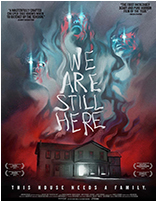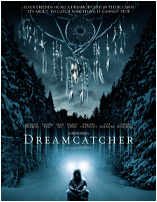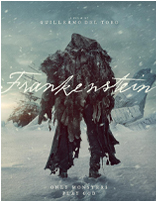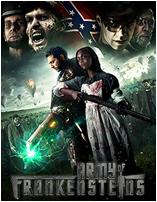 Dr. Henry Jekyll is an English doctor in Victorian London, who is head over heels in love with his fiancée Muriel Carew. They both want to get married as soon as possible, but her strict father orders them to wait as he’s obviously not considering the good doctor to be quite good enough for his precious daughter. And he’s not entirely impressed after Jekyll’s speech during a dinner, where he claims that within each man there’s strong impulses for not only good, but also for evil. And this is also exactly what the doctor starts experimenting with: creating a drug that is supposed to unleash his evil side (because, that sounds like a really good idea, right?). And upon drinking it, not only does his whole demeanor change, but his appearance as well. The well-mannered and respectable Dr. Jekyll has now transformed into the savage brute Mr. Hyde…
Dr. Henry Jekyll is an English doctor in Victorian London, who is head over heels in love with his fiancée Muriel Carew. They both want to get married as soon as possible, but her strict father orders them to wait as he’s obviously not considering the good doctor to be quite good enough for his precious daughter. And he’s not entirely impressed after Jekyll’s speech during a dinner, where he claims that within each man there’s strong impulses for not only good, but also for evil. And this is also exactly what the doctor starts experimenting with: creating a drug that is supposed to unleash his evil side (because, that sounds like a really good idea, right?). And upon drinking it, not only does his whole demeanor change, but his appearance as well. The well-mannered and respectable Dr. Jekyll has now transformed into the savage brute Mr. Hyde…
Dr Jekyll and Mr Hyde is a 1931 pre-Code horror film, directed by Rouben Mamoulian and based on the famous 1886 gothic novella by Robert Louis Stevenson. It was the first horror movie to win an Academy Award, and upon viewing it I have to say the movie really appeared to be quite ahead of its time in regards to its quality and visual effects, as well as its boldness. As it was made just before the full enforcement for the Production Code (aka the Hays Code, which was a set of self-imposed guidelines for all motion pictures released between 1934 and 1968 which prohibited suggestive nudity, profanity, realistic violence, sexual persuasions and rape) it managed to get away with some of its content which is quite sexual (for its time), mostly embodied in the character of the bar singer Ivy. The movie premiered in Los Angeles on December 24, 1931 and opened in New York City on December 31, 1931. It grossed $1.3 million in domestic rentals, making it a box office hit. It also had a very high budget for a horror film at the time, at $535.000.
Visually, the movie looks great with its period-accurate studio sets which were all built for the movie, 35 sets in total. The camera work comes off as quite playful for a movie from this time period, where it’s always moving and giving us interesting views and perspectives, with great use of light and shadow. The effects were surprisingly good, and the transformation scenes were actually held a secret for decades until the director revealed in The Celluloid Muse (1969) that the make-up was applied in contrasting colors with a series of colored filters that matched it, which enabled the make-up to be exposed gradually or made invisible. The looks of Mr. Hyde was inspired by the popular image of him depicted in media and comic books, displaying him as simian and with large teeth. It may come off as a bit goofy at first, but it fits well with his drunken caveman-like behaviour. And while the story behind Dr Jekyll and Mr Hyde has been theorized to the left and the right and to the high heavens and hell below, it still goes without saying that the allegory for alcoholism/substance abuse is clear as day. Perhaps not a surprise, as Stevenson learned at a young age the devastating side effects from strong drink.
The movie version is very different from the original story of the book, to the point where the only similar factors are that the doctor creates this potion for evil and turns into Mr. Hyde. In the original story he is more homicidal, while in the movie version his violence tends to be more sexually motivated. Despite the differences, the core remains the same: a good man unleashes his evil side, and for that there’s dire consequences both for himself and those around him. The idea of there being some kind of evil beast hidden beneath our very selves is a common idea, and how the civilized person will always try to suppress urges which may cause harm.
A remake of the film was actually made just 10 years later, in 1941, by MGM who bought the negative and the rights to both Mamoulian’s version as well as the 1920 silent film, paying $1.250.000 for it. So yeah, they could do the whole remake-stuff back in the days as well, obviously. But MGM took it a lot of steps further: they actually recalled and destroyed every print of the 1931 film they could get their hands on, in order to promote their own version and avoid any kind of comparison or competition. Fortunately, they were not able to destroy all the copies of the movie, as a print was rediscovered in 1967.
Strange Case of Dr Jekyll and Mr Hyde has remained one of the most famous pieces of English literature, often considered to be a very defining book for the gothic horror genre. There’s been lots of media referencing it, everything from movies to comics, games and animation. There’s everything from other takes of the story, to parodies and small references. It’s undoubtedly one of the most influential horror stories every written. The phrase “Jekyll and Hyde” is also often used to refer to people with very shifting personalities, and let’s face it: Stevenson’s 1886 story will forever be relevant because we all have a Hyde within us, and we all have the responsibility to control him and make him stay inside, and not offer him the aiding tools that will let him out.
Director: Rouben Mamoulian
Writer: Samuel Hoffenstein, Percy Heath
Country & year: US, 1931
Actors: Fredric March, Miriam Hopkins, Rose Hobart, Holmes Herbert, Halliwell Hobbes, Edgar Norton
IMDb: www.imdb.com/title/tt0022835/
![]()
